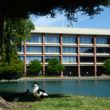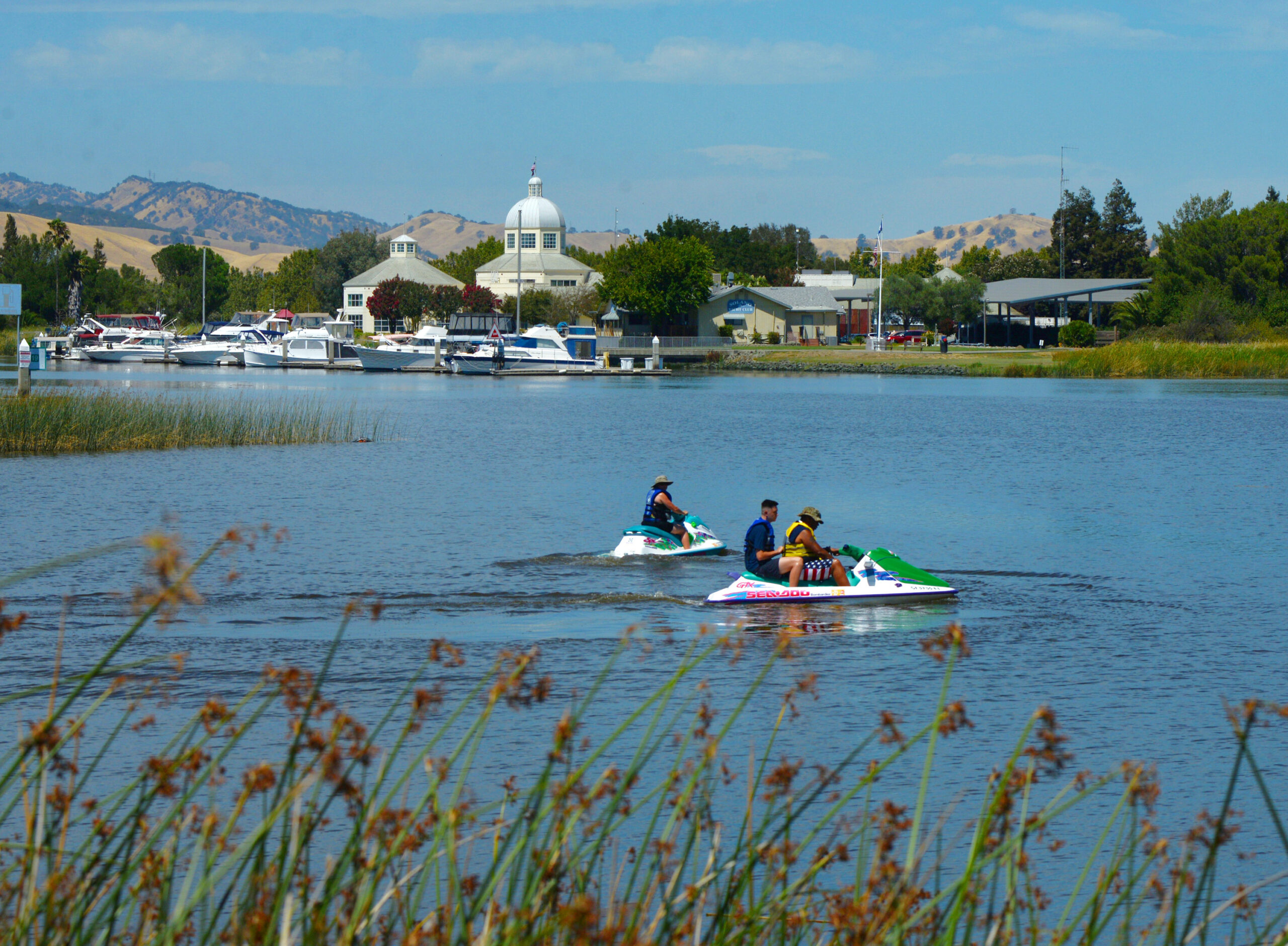Solano County has more than one identity.
Some think of Solano as one of the nine counties that make up the Bay Area to the southwest. Others identify it more for its agricultural land and warmer climate, similar to the Sacramento Valley to the east.
Cities such as Benicia, Vallejo and Suisun City have waterfronts – while much of the rest of the county, particularly around Dixon, is better known for open land and agriculture. Rio Vista has both, as a small rural Delta city located along the Sacramento River.
Interstate 80 is the major freeway that slices through the county diagonally from the southwest to the northeast, with four of the county’s seven cities situated along it – Dixon, Vacaville, Fairfield and Vallejo.
Solano County covers 909.95 square miles, with 582,368 acres of land and 54,153 acres covered by water, according to the county.
The county has a population of 425,169 residents, according to the report. Vallejo is the largest of the seven cities, with 118,797 citizens. Fairfield is second on the list with 110,283 residents, followed by Vacaville with a population of 93,815. Suisun City is home to 28,589 while 27,495 people reside in Benicia. Dixon has a population of 19,029 and there are 7,946 residents in Rio Vista. The unincorporated area of the county is home to 19,215.
Vallejo, in the southwestern corner of the county, is located along the San Pablo Bay. Summer skies are often gray in the morning from the high fog that streams through the Golden Gate on the opposite end of the bay. Benicia’s views are also dominated by water. The city sits along the Carquinez Strait and Southhampton Bay.
In the northwest corner of the county near Dixon, the Bay Area seems a world away. That area is flat, similar to the Central Valley, and is dominated by agriculture. Summer temperatures often soar into triple digits and winter brings a type of fog called the tule fog. There are no major waterways to be seen, though there are canals that bring irrigation water to farms.
Eastern Solano County is part of the Delta with the small waterfront city of Rio Vista. The Sacramento River and a network of sloughs wind their way through the region. Summer temperatures are hot there, unlike those in Vallejo. The Real McCoy II ferry takes travelers on Highway 84 over Cache Slough to Ryer Island, a farming community behind levees.
The western county has oak-studded hills and valleys, in places presenting an appearance similar to the Wine Country of Napa and Sonoma counties. Not coincidentally, this is Solano County’s own wine country, with acres of vineyards and several wineries in Suisun Valley.
The central county near Fairfield and Suisun City is a land of transition between the Delta and the bays. Among its features are the Suisun Marsh, the largest contiguous estuarine marsh in the United States. Duck clubs dominate this land of tules and wetlands. State preserves feature such sights as tule elk.
Solano County retains a rural feel. A voter-passed law funnels most growth into the county’s seven cities. Fairfield has established open space buffers between it and Vacaville to the north and Benicia and Vallejo to the south.
That leaves agriculture as the main land use in rural Solano County. Farmers grow everything from tomatoes to peaches to sunflower to alfalfa. Ranchers have sheep, cows and other animals. Crops in 2015 had a value of $353.9 million, according to the county’s latest crop report.
The county’s rural areas also provide places for recreation. People can boat and fish in local sloughs, hunt in Suisun Marsh and hike in Lynch Canyon, Rockville Hills and Lagoon Valley parks. They can camp along Putah Creek at Lake Solano Park and along the Sacramento River at Sandy Beach Park.
Solano County can also boast of being one of California’s original counties, established in 1850 along with the state.
For information: www.co.solano.ca.us.





